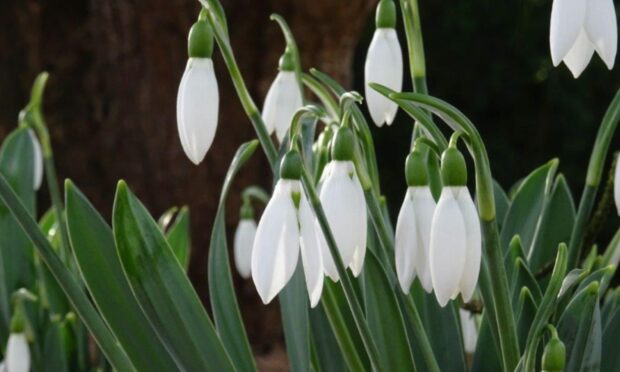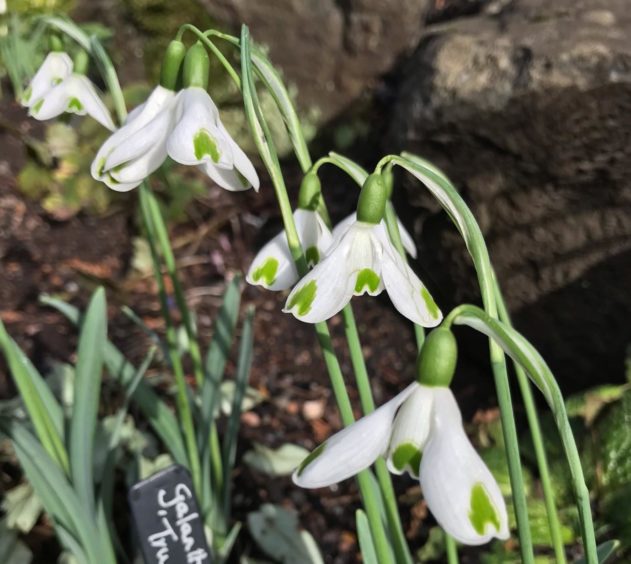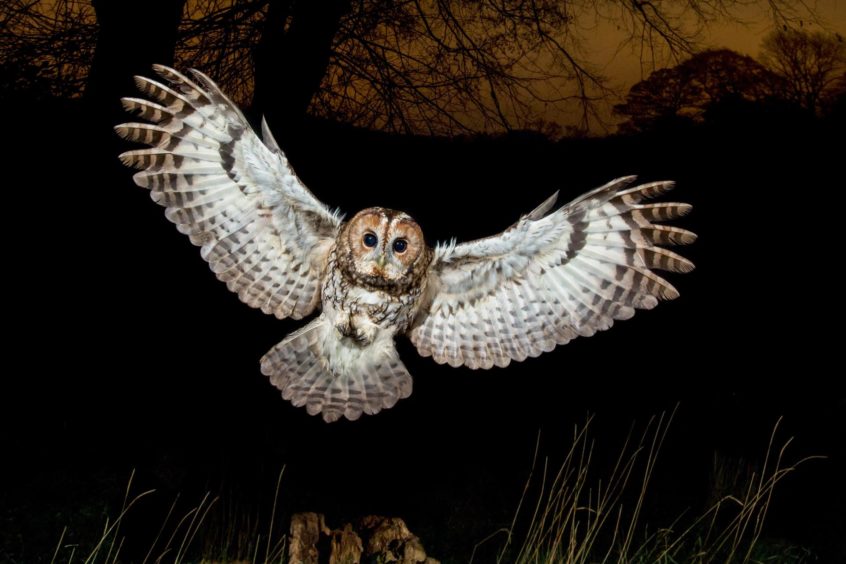Down by the river, a recent flood has scoured soil away from part of the top-bank, and in the process, revealed a cluster of snowdrop bulbs that displayed the first tiny green shoots of growth.
I bent down to examine these little beacons of hope, and ever so gently brushed my fingertips over their fragile emerging greenness, keen to feel for myself the flowering promise held within.
Despite the cold weather, the days are getting longer and spring is approaching.
I like that thought, for it is a comfort blanket, a promise of the landscape bursting back into verdant vibrancy.
My riverbank contemplation reminded me that I had planted snowdrop bulbs the previous September in wilder corners of the garden, and over the coming weeks will hopefully witness their sparkling whiteness.
Indeed, I had also planted ramsons and wild bluebells, as well as the rhizomes of wood anemones.
Would they burst forth, or had I planted them too deep or too shallow in the soil, and they wouldn’t prosper?
Only time will tell, but the waiting game is an exciting one, and I’ll be continuously scrutinising the ground in eager anticipation.
Other changes
Other changes are happening, too. On hazels, the first signs of catkins, albeit hard to discern, are already emerging, and in a few weeks times they will be dangling from branches like limey-green Christmas baubles.
In my garage, I found a hibernating peacock butterfly when moving logs from the woodpile.
The fragile butterfly briefly flickered into life from the inadvertent disturbance, so I carefully placed a small log back over its hiding place.
This is a dangerous stage in the hibernation process, with precious energy resources diminishing with each passing day, so it was important to leave this butterfly to slumber in peace in readiness for its first emergence in spring.
There has been plenty else in the garden to arouse my interest, including regular visitations by a female blackcap.
Normally a summer visiting warbler, small numbers from central Europe regularly spend the winter in Scotland.
Only the males have a black cap, the female instead sporting a rusty-brown bunnet.
Feeding
The one in my garden had initially been feeding on berries on ornamental bushes, but they are now well exhausted, and while she is still frequenting the garden, I have yet to see her forage for food from the garden bird table.
Despite the earliness of the season, some creatures are already preparing for the breeding season ahead, including golden eagles, tawny owls and ravens.
The tawnies were very vocal in the wood behind my house over the autumn as they proclaimed their territories, but they have now fallen largely silent.
Two years ago, I erected an owl nest box on an ash tree in woodland adjacent to my home, but so far, the owls have ignored it.
Could this be the year they take up residence for the first time and lay eggs?
I fervently hope so, for it would be wonderful to have a family of tawnies on my doorstep, for they are true magical spirits of the night.












